Home>Articles>Everything You Need To Know About Wallpaper Basics
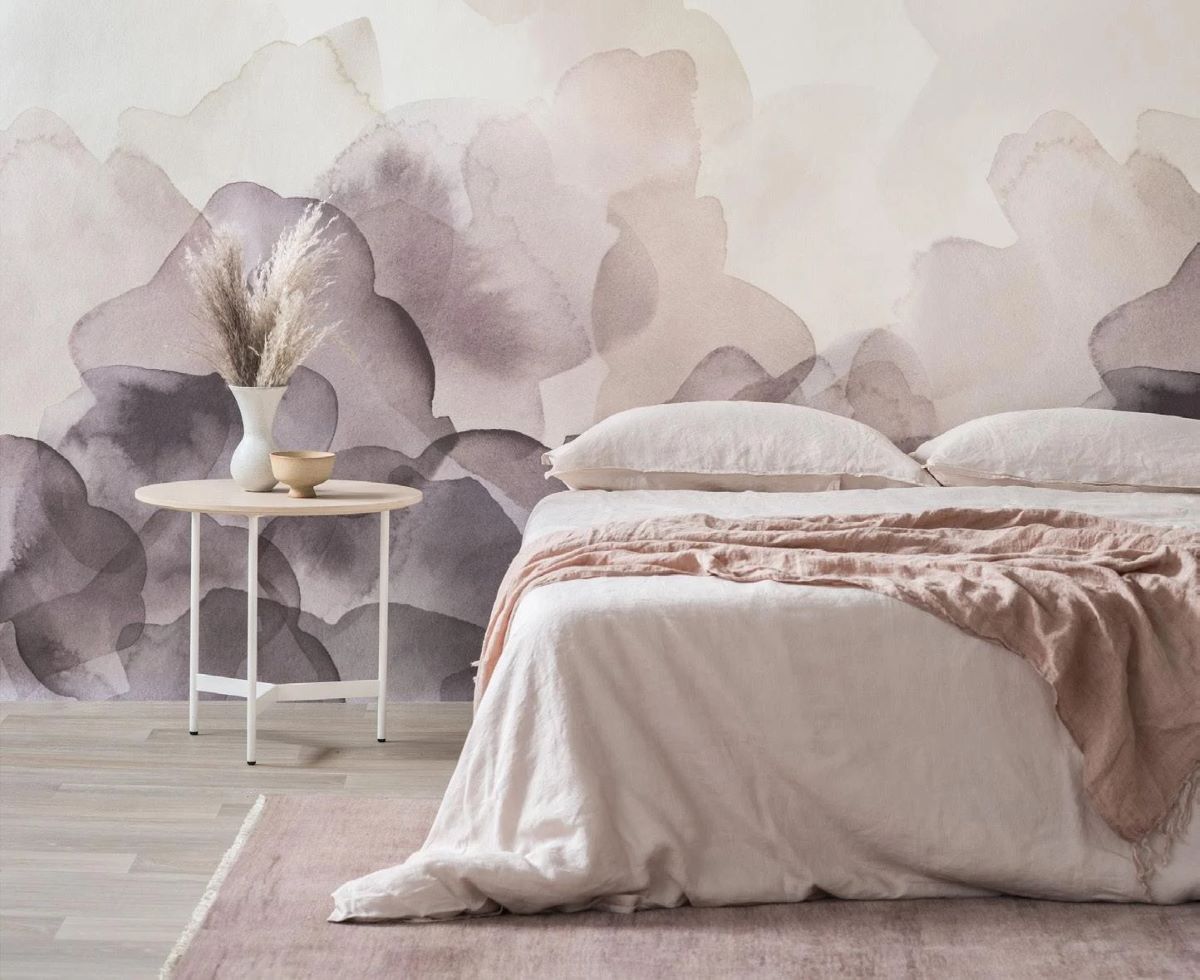

Articles
Everything You Need To Know About Wallpaper Basics
Modified: February 21, 2024
Discover the essential articles covering the basics of wallpaper, from types and installation to maintenance and decoration tips. Enhance your knowledge on wallpaper with our comprehensive guide.
(Many of the links in this article redirect to a specific reviewed product. Your purchase of these products through affiliate links helps to generate commission for Storables.com, at no extra cost. Learn more)
Introduction
Wallpaper is a versatile and popular home decor option that has been used for centuries to add color, pattern, and texture to walls. Whether you’re looking to transform a room with a bold statement or create a subtle backdrop, wallpaper offers endless possibilities.
But what exactly is wallpaper? In its simplest terms, wallpaper is a decorative material applied to walls to enhance the aesthetics of a room. It can be made from a variety of materials and comes in a wide range of styles, patterns, and textures. From traditional floral prints to modern geometric designs, there’s something to suit every taste and interior design scheme.
As you explore the world of wallpaper, you’ll discover various types and materials to choose from. Each has its own unique characteristics and benefits. Whether you’re considering vinyl, fabric, or grasscloth, understanding the options can help you make an informed decision that aligns with your vision and budget.
Once you’ve decided on the type and material of wallpaper, the next step is selecting the right design and pattern. This is where you can let your creativity shine. Whether you prefer a classic damask or a trendy Scandinavian-inspired print, the possibilities are endless.
Installing wallpaper can be a DIY project or left to professionals, depending on your comfort level and the complexity of the design. Proper installation is crucial to ensuring a smooth and long-lasting finish. Additionally, knowing how to remove and maintain wallpaper will help you preserve its beauty over time.
With the ever-evolving world of design, wallpaper trends come and go. Staying up to date with the latest styles can help you create a modern and fashionable home environment. From metallic accents to nature-inspired motifs, there’s always something new to explore.
In this comprehensive guide, we’ll delve into the world of wallpaper, discussing everything from types and materials to installation, removal, and maintenance. We’ll also explore some of the current trends and give you the knowledge you need to make informed choices for your next wallpaper project.
So, whether you’re a newbie to the wallpaper game or a seasoned pro looking for fresh ideas, let’s dive into the world of wallpaper and discover the basics you need to know.
Key Takeaways:
- Wallpaper is a versatile decor option that adds depth and personality to any space. Understanding the types, materials, and trends can help you make informed choices and create a stylish and unique atmosphere in your home.
- Proper installation, maintenance, and staying updated with popular trends are essential for preserving the beauty and longevity of wallpaper. Embrace your creativity and have fun transforming your space with this dynamic design element.
Read more: Everything You Need To Know About Ladders
What Is Wallpaper?
Wallpaper is a decorative material that is applied to the walls of a room to enhance its appearance. It is a versatile design element that has been used for centuries in homes, offices, and other interior spaces. Wallpaper serves as an alternative to painting walls and offers a wide variety of colors, patterns, textures, and designs to choose from.
At its core, wallpaper consists of a durable backing material that is typically made from paper or fabric. This backing is then coated with a decorative layer, often consisting of printed designs, patterns, or textures. The designs can range from intricate floral motifs to simple geometric shapes, allowing homeowners to find a style that suits their tastes and complements the overall aesthetic of a room.
One of the key advantages of using wallpaper is the ability to add visual interest and texture to a space. Unlike paint, which offers a flat and smooth finish, wallpaper can introduce depth and dimension to walls. Whether you choose a textured wallpaper with raised patterns or one with a metallic sheen, it can create a visually appealing backdrop for furniture and decor.
Furthermore, wallpaper offers the opportunity to create a unique and personalized atmosphere in a room. It can be used to evoke a specific style or theme, whether it’s a vintage-inspired floral pattern for a classic look or a modern geometric design for a contemporary feel. The versatility of wallpaper allows homeowners to express their individuality and create a space that reflects their personality.
Another advantage of wallpaper is its durability. When properly installed and maintained, wallpaper can last for many years without fading or peeling. It is also resistant to wear and tear, making it a practical choice for high-traffic areas such as hallways and children’s rooms.
Furthermore, wallpaper can also serve functional purposes. Some wallpapers are designed to be moisture-resistant, making them suitable for use in bathrooms and kitchens. Others can provide thermal insulation or soundproofing properties, improving the comfort and ambiance of a room.
Overall, wallpaper is a versatile and stylish option for adding visual interest and personality to any space. Whether you prefer bold and vibrant designs or subtle and understated patterns, there is a wallpaper out there to suit your individual style and create the atmosphere you desire.
Types of Wallpaper
When it comes to choosing wallpaper for your space, you’ll find a wide array of options to suit your style and preference. Understanding the different types of wallpaper available can help you make an informed decision and achieve the desired look for your walls. Below are some common types of wallpaper:
- Vinyl Wallpaper: Vinyl wallpaper is one of the most popular choices due to its durability and ease of maintenance. It is made with a vinyl coating that makes it resistant to moisture, stains, and fading. Vinyl wallpaper is suitable for high-traffic areas such as kitchens and bathrooms.
- Non-Woven Wallpaper: Non-woven wallpaper is made from a blend of natural and synthetic fibers. It is highly breathable and easy to install and remove. Non-woven wallpaper is resistant to mold and mildew, making it a suitable choice for humid environments.
- Textured Wallpaper: Textured wallpaper adds depth and dimension to walls, creating a visually interesting and tactile surface. It can feature raised patterns, embossed textures, or fabric-like finishes. Textured wallpaper is a great choice for adding visual interest to a room without relying on bold patterns or colors.
- Grasscloth Wallpaper: Made from natural fibers such as grasses, jute, or bamboo, grasscloth wallpaper offers a unique and organic look. It adds warmth and texture to walls, making it a popular choice for creating a natural and rustic atmosphere.
- Fabric Wallpaper: Fabric wallpaper is made from various textiles, including silk, linen, and cotton. It provides a luxurious and sophisticated look to any room. Fabric wallpaper can also offer additional insulation and soundproofing properties.
- Paintable Wallpaper: Paintable wallpaper is a versatile option that allows you to add texture to your walls and customize the color to match your decor. It typically features embossed patterns or raised designs and can be painted with any color of your choice.
These are just a few examples of the many types of wallpaper available. Each type offers its own unique characteristics, allowing you to find the perfect wallpaper to suit your style, budget, and the specific needs of your space. Before making a decision, consider the features, durability, and maintenance requirements of each type to ensure it aligns with your vision for your walls.
Wallpaper Materials
Wallpaper comes in a variety of materials, each with its own unique characteristics and benefits. Understanding the different wallpaper materials can help you choose the right one for your project. Here are some common wallpaper materials:
- Paper: Paper wallpaper is the most traditional and affordable option. It is made from a combination of wood pulp and binders. Paper wallpaper is easy to install and remove, making it ideal for a temporary or budget-friendly update. However, it may not be as durable or resistant to moisture as other materials.
- Vinyl: Vinyl wallpaper is a popular choice due to its durability and versatility. It is made with a layer of PVC (polyvinyl chloride) coating, which makes it resistant to moisture, stains, and fading. Vinyl wallpaper is easy to clean, making it suitable for high-traffic areas or rooms prone to humidity, such as kitchens and bathrooms.
- Fabric: Fabric wallpaper is made from various textiles, including silk, linen, and cotton. It offers a luxurious and elegant look to any space. Fabric wallpaper is breathable and can help regulate humidity in a room. It can also provide additional insulation and soundproofing properties.
- Grasscloth: Grasscloth wallpaper is crafted from natural fibers such as grasses, jute, or bamboo. It adds a natural and textured look to walls. Grasscloth wallpaper has a unique and organic appeal but requires extra care during installation and maintenance due to its delicate nature.
- Non-Woven: Non-woven wallpaper is made from a blend of synthetic and natural fibers. It is highly breathable and easy to install and remove. Non-woven wallpaper is resistant to mold and mildew, making it suitable for humid environments. It is also tear-resistant and can cover small imperfections on the walls.
- Metallic: Metallic wallpaper features a shimmering surface that adds a touch of glamour and sophistication to any room. It can be made from a variety of materials, including vinyl, fabric, or paper, with metallic finishes such as gold, silver, or bronze. Metallic wallpaper is perfect for creating a statement wall or adding accents to a space.
These are just a selection of the most common wallpaper materials available. Each material has its own unique properties, so it’s important to consider factors such as durability, maintenance requirements, and the overall look and feel you want to achieve in your space. Take the time to explore different materials and consult with professionals if needed, to ensure you find the perfect wallpaper material for your project.
Choosing the Right Wallpaper
Choosing the right wallpaper for your space is an important decision that can greatly impact the overall style and ambiance of a room. With so many options available, consider these factors to help narrow down your choices and find the perfect wallpaper:
- Style and Theme: Determine the overall style and theme you want to achieve in the room. Are you aiming for a classic, modern, or eclectic look? This will guide your choice of patterns, colors, and textures.
- Room Size and Lighting: Consider the size of the room and the amount of natural light it receives. Light-colored wallpapers can make a small room appear larger, while darker wallpapers can create a cozy atmosphere. Reflective or metallic wallpapers can enhance the brightness in a space.
- Pattern and Scale: Decide on the pattern and scale that best suits your taste and the room’s proportions. Large-scale patterns can make a bold statement, while smaller patterns can create a subtle and intricate look. Stripes can add height, while geometric patterns can bring a modern vibe.
- Color Palette: Select colors that complement the existing decor and furniture in the room. Consider the mood you want to create. Warm colors like reds and oranges can evoke energy and excitement, while cool colors like blues and greens can create a calm and soothing atmosphere.
- Texture and Finish: Decide if you want a smooth or textured wallpaper. Textured wallpapers can add depth and interest to a room, but smooth wallpapers are easier to clean. Consider finishes such as metallic, embossed, or fabric-like surfaces to enhance the overall style.
- Practical Considerations: Take into account the practicality and durability of the wallpaper. If you have pets or children, choose a washable and durable option. Consider the maintenance requirements and if the wallpaper is suitable for high-traffic areas or rooms with moisture, like kitchens and bathrooms.
- Sample and Test: It is highly recommended to order samples of your favorite wallpapers and test them in the room before making a final decision. This allows you to see how the colors and patterns work in your specific space and lighting conditions.
By considering these factors and taking the time to explore different options, you can choose the right wallpaper that aligns with your style and meets the practical needs of your space. Remember, wallpaper is a fantastic way to express your personality and transform a room, so have fun with the process and let your creativity shine through.
When choosing wallpaper, consider the size of the room and the pattern of the wallpaper. Large patterns work best in larger rooms, while smaller patterns are better for smaller spaces.
Wallpaper Installation
Installing wallpaper can be a rewarding and transformative process that adds beauty and personality to your space. While it may seem intimidating at first, with the right tools and techniques, you can achieve professional-looking results. Here are the basic steps for wallpaper installation:
- Prepare the Walls: Start by preparing the walls for wallpaper installation. Remove any old wallpaper, patch any holes or imperfections, and ensure that the surface is clean and smooth. This will provide a proper base for the new wallpaper.
- Measure and Cut: Measure the height of your walls and add a few extra inches to account for trimming and matching patterns. Use those measurements to cut the wallpaper into individual strips. Make sure to cut each strip with precision and accuracy.
- Mix the Wallpaper Paste: If you’re using traditional wallpaper, mix the wallpaper paste according to the manufacturer’s instructions. Be sure to mix it thoroughly to ensure a smooth consistency. If you’re using self-adhesive or pre-pasted wallpaper, follow the specific instructions provided.
- Apply the Paste: Spread the wallpaper paste evenly on the back of the wallpaper strip using a paste brush or roller. Make sure to cover the entire surface, but avoid applying too much paste that it becomes too slippery or drips.
- Book the Wallpaper: Once the paste is applied, fold the wallpaper strip in on itself, aligning the top and bottom edges. This process is known as “booking” and allows the paste to activate and the wallpaper to relax and expand. Let it sit for the amount of time specified by the manufacturer.
- Hang the Wallpaper: Start at a corner of the room and align the top edge of the wallpaper strip with the ceiling or cornice. Smooth the wallpaper down, working from the top to the bottom, using a brush or roller to remove any air bubbles or excess paste. Repeat this process for each wallpaper strip, ensuring proper alignment and matching of patterns.
- Trim and Smooth: Once all the wallpaper strips are hung, use a sharp utility knife to trim the excess at the edges and around outlets and switches. Be careful to avoid cutting into the walls. Finally, use a wallpaper smoother or brush to smooth the wallpaper and make sure it adheres well.
- Finishing Touches: Once the wallpaper is installed, clean off any remaining paste residue with a damp sponge or cloth. Allow the wallpaper to dry completely before moving or adding furniture back into the room.
It’s important to read and follow the specific instructions provided by the wallpaper manufacturer to ensure a successful installation. If you’re unsure about any step of the process or feel uncomfortable doing it yourself, it’s recommended to hire a professional who has experience in wallpaper installation.
Remember, patience and attention to detail are key when installing wallpaper. Take your time, work carefully, and enjoy the process. With proper installation, your wallpaper can transform your space and create a beautiful and stylish environment.
Wallpaper Removal
When it comes time to update your walls or change the look of a room, removing old wallpaper is a necessary step. While it may seem like a daunting task, proper techniques and tools can make the process easier and more efficient. Here are the steps for wallpaper removal:
- Gather Supplies: Before starting, gather the necessary supplies. This typically includes a wallpaper scorer or scoring tool, a wallpaper steamer, a putty knife or scraper, a spray bottle filled with warm water, and a drop cloth or plastic sheeting to protect the floor.
- Prepare the Room: Remove any furniture or decor from the walls and cover the floors and furniture with the drop cloths or plastic sheeting to protect them from water and debris.
- Score the Wallpaper: Use a wallpaper scorer or scoring tool to create small perforations on the surface of the wallpaper. This helps the water or steam penetrate the wallpaper, loosening the adhesive underneath.
- Apply Warm Water or Steaming: Depending on the type of wallpaper and its adhesiveness, you can either spray warm water onto the wallpaper using a spray bottle or use a wallpaper steamer. If using warm water, apply it generously to the scored wallpaper, allowing it to saturate for a few minutes before proceeding. If using a steamer, follow the manufacturer’s instructions to apply steam to the wallpaper.
- Remove the Wallpaper: Once the wallpaper has been sufficiently saturated, use a putty knife or scraper to gently lift and peel the wallpaper from the wall. Start at a corner or seam and work your way across the wall. Take care not to damage the underlying wall surface.
- Repeat and Clean: If any stubborn wallpaper pieces remain, reapply warm water or steam and continue peeling until all the wallpaper is removed. Afterward, clean the walls with warm water and a mild detergent to remove any adhesive residue.
- Inspect and Prepare for Next Steps: Once the walls are free of wallpaper and adhesive, inspect them for any imperfections or damage. Repair any holes, gouges, or other damage as necessary, and ensure the walls are smooth and ready for the next step, whether it’s painting, re-wallpapering, or any other wall treatment.
It’s important to note that wallpaper removal can be time-consuming, especially if the wallpaper has multiple layers or is particularly stubborn. Be patient and take breaks as needed to avoid frustration.
If you find that wallpaper removal is too challenging or time-consuming, or if you want to ensure a professional result, consider hiring a professional wallpaper removal service. They have specialized tools and expertise to efficiently and safely remove wallpaper.
Removing wallpaper is an essential step in refreshing your space and preparing it for a new look. With the right techniques and tools, you can successfully remove old wallpaper and create a clean canvas for your next wall treatment.
Wallpaper Maintenance
Proper maintenance is essential to preserving the beauty and longevity of your wallpaper. By following some simple care and maintenance tips, you can keep your wallpaper looking fresh and pristine for years to come. Here are some guidelines for wallpaper maintenance:
- Regular Cleaning: Dust and dirt can accumulate on the surface of wallpaper over time. To keep your wallpaper looking clean and fresh, gently dust it regularly with a soft, dry cloth or a feather duster. This will help remove any surface dirt or debris.
- Stain Removal: If you notice any stains or marks on the wallpaper, it’s important to address them promptly. Start by testing a small, discreet area with a mild cleaning solution to ensure it doesn’t damage the wallpaper. Use a soft cloth or sponge to gently dab at the stain, avoiding excessive rubbing that can damage the wallpaper. If the stain persists, consult with the manufacturer’s guidelines or seek professional advice.
- Avoid Excessive Moisture: While most wallpapers are moisture-resistant, it’s still important to avoid excessive moisture or direct contact with water. Be cautious near areas like sinks, faucets, or backsplashes, and quickly wipe away any spills or splashes to prevent water damage or discoloration.
- Protect from Direct Sunlight: Prolonged exposure to direct sunlight can cause colors to fade over time. To prevent this, consider using window treatments such as blinds or curtains to limit the amount of sunlight that reaches the wallpapered walls. Alternatively, you can also rotate or rearrange furniture periodically to minimize direct sunlight exposure.
- Avoid Harsh Chemicals or Abrasives: When cleaning your wallpaper, avoid using harsh chemicals, strong solvents, or abrasive cleaning agents. These can damage the wallpaper surface or cause discoloration. Stick to mild cleaning solutions recommended by the wallpaper manufacturer or use gentle household cleaners as needed.
- Repair as Needed: If you notice any peeling edges, loose seams, or damaged areas on your wallpaper, it’s important to address them promptly. Use a small amount of wallpaper adhesive or glue to carefully reattach any loose sections. For more extensive repairs or if you’re unsure, consult with a professional installer or seek expert advice.
- Keep a Spare Roll: It’s always a good idea to keep a spare roll of your wallpaper in case any repairs or touch-ups are needed in the future. This will ensure you have an exact match in case the original wallpaper is no longer available or has been discontinued.
By following these maintenance tips, you can extend the lifespan and beauty of your wallpaper. Regular cleaning, prompt stain removal, and proper care will help keep your wallpaper looking fresh and vibrant for years to come.
If you have any specific concerns or questions about the maintenance of your particular wallpaper type or material, always consult the manufacturer’s guidelines or seek professional advice.
Popular Wallpaper Trends
Wallpaper trends are constantly evolving, offering exciting new options to transform your space with style. Whether you’re looking to create a focal point, add texture, or make a bold statement, here are some popular wallpaper trends to inspire your next interior design project:
- Nature-Inspired Patterns: Natural motifs are a perennial favorite in wallpaper design. From lush botanical prints to serene landscapes, nature-inspired patterns bring a sense of tranquility and harmony to any space. Think oversized florals, leafy greenery, or whimsical forest scenes.
- Geometric Designs: Geometric wallpapers continue to be in high demand, adding a modern and dynamic touch to interiors. Whether it’s bold and vibrant geometric patterns or minimalist and subtle geometric shapes, these wallpapers can create a striking visual impact and enhance the overall aesthetic of a room.
- Textured Finishes: Wallpaper with tactile textures is increasingly popular as it adds depth and interest to a room. From embossed patterns to three-dimensional designs, textured wallpapers create a sensory experience and can be used to highlight specific walls or areas within a space.
- Metallic Accents: Metallic wallpapers have become a top choice for those seeking a touch of glamour and sophistication. Whether it’s gold, silver, copper, or rose gold, metallic accents can elevate any room, adding a sense of luxury and elegance. These wallpapers reflect light and create a visually stunning effect.
- Abstract and Artistic Patterns: Non-traditional and artistic wallpaper patterns are gaining popularity, allowing homeowners to express their creativity and individuality. From abstract brushstrokes to bold color blends and artistic interpretations, these wallpapers can create a unique and personalized statement in any space.
- Vintage-Inspired Prints: Vintage and retro-inspired wallpapers have made a comeback, offering nostalgia and charm in modern interiors. Think floral wallpapers reminiscent of the 18th and 19th centuries, vintage damasks, or retro patterns from the mid-20th century. These wallpapers can add character and a touch of timeless elegance to a room.
- Murals and Wallpapers as Wall Art: Rather than simply covering an entire wall with wallpaper, using murals or wallpapers as a focal point or wall art has become a popular trend. These large-scale designs can create a stunning visual impact, transforming a wall into a captivating work of art.
When considering wallpaper trends, it’s important to choose designs that resonate with your personal style and complement the overall aesthetic of your home. Remember, trends come and go, so opt for designs that you truly love and that will stand the test of time.
Exploring different patterns, color palettes, and textures can inspire creativity and help you find the perfect wallpaper that reflects your unique taste and enhances your living space. Lastly, don’t be afraid to consult with interior design professionals for advice and recommendations based on your specific needs and preferences.
Conclusion
Wallpaper is a versatile and beautiful way to transform your space and create a unique atmosphere. By understanding the basics of wallpaper types, materials, installation, removal, maintenance, and popular trends, you can make informed choices and achieve the desired look for your walls.
When selecting wallpaper, consider the style, theme, and color palette you want to achieve in your room. Think about the size of the space, lighting conditions, and the overall ambiance you want to create. Whether you prefer bold and vibrant patterns or subtle and textured designs, there is a wallpaper option to suit your taste and enhance your living environment.
Proper installation and maintenance are key to ensuring the longevity and beauty of your wallpaper. Take the time to properly prepare your walls before installation and carefully follow the manufacturer’s instructions. Regular cleaning, prompt stain removal, and avoiding excessive moisture or harsh chemicals will help maintain the pristine condition of your wallpaper.
Keeping up with popular wallpaper trends can also inspire your design choices and help you create a contemporary and stylish space. From nature-inspired patterns to geometric designs, textured finishes, and metallic accents, there are endless options to add personality and character to your walls.
Remember, wallpaper is a dynamic and creative design element that can truly transform any room. Embrace your creativity, experiment with different patterns and colors, and have fun with the process. Whether you’re redecorating a single wall or giving an entire room a makeover, wallpaper is a fantastic way to express yourself and create a space that reflects your unique style and personality.
So, go ahead and explore the world of wallpaper. Let your imagination run wild, and create a space that is truly your own masterpiece!
Frequently Asked Questions about Everything You Need To Know About Wallpaper Basics
Was this page helpful?
At Storables.com, we guarantee accurate and reliable information. Our content, validated by Expert Board Contributors, is crafted following stringent Editorial Policies. We're committed to providing you with well-researched, expert-backed insights for all your informational needs.
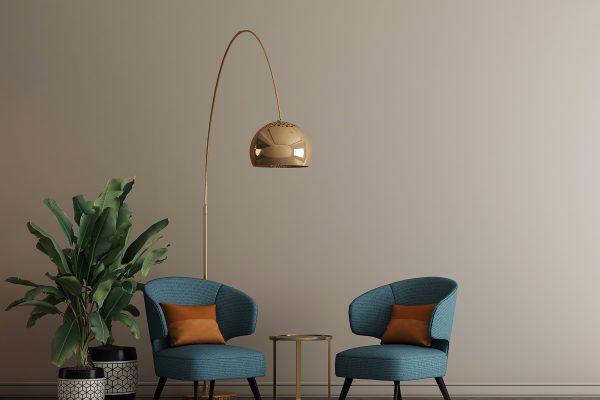

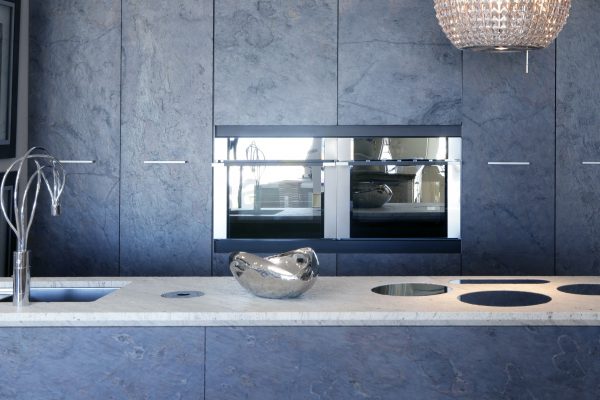
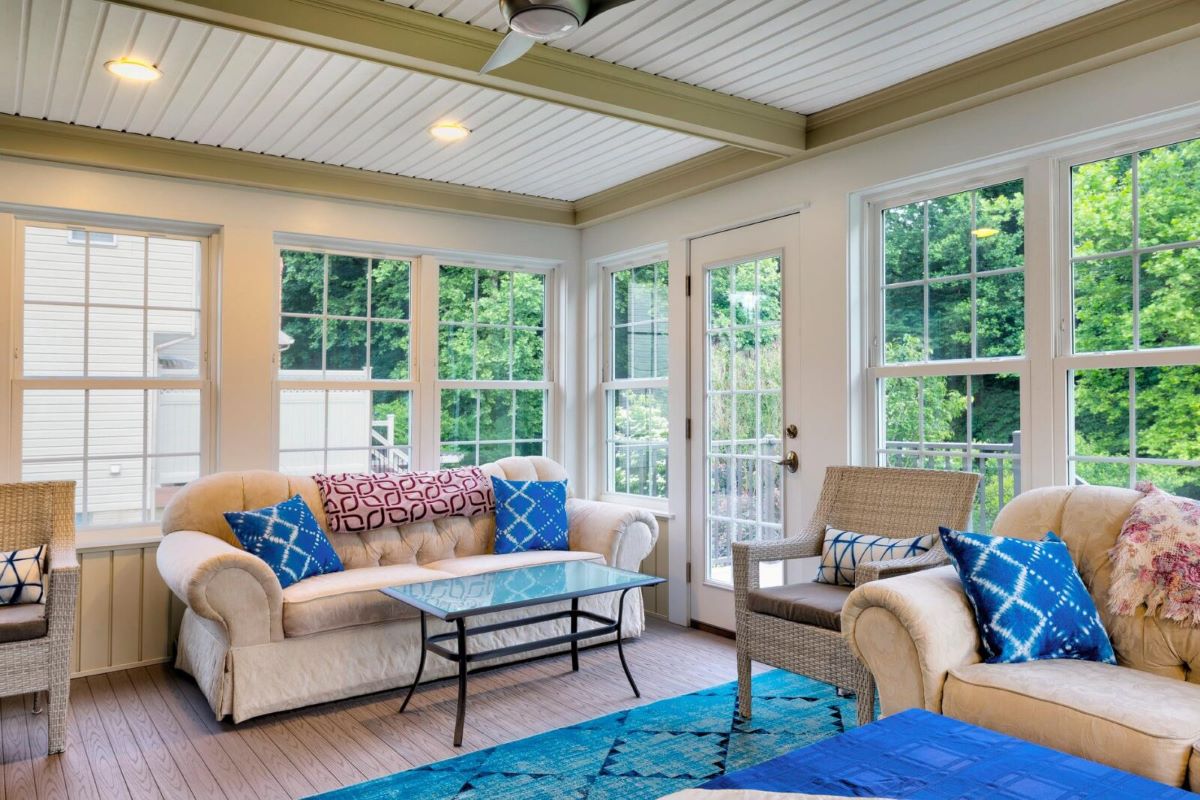
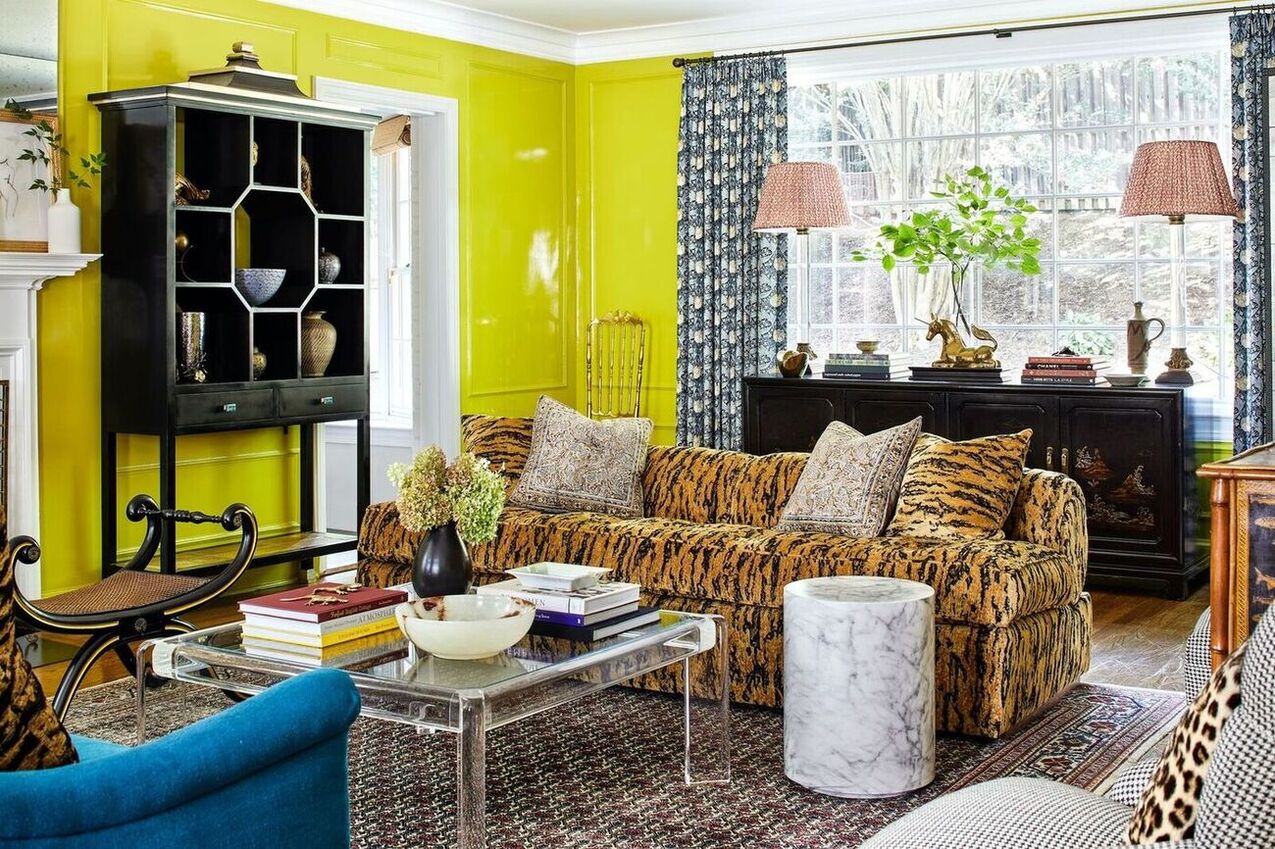
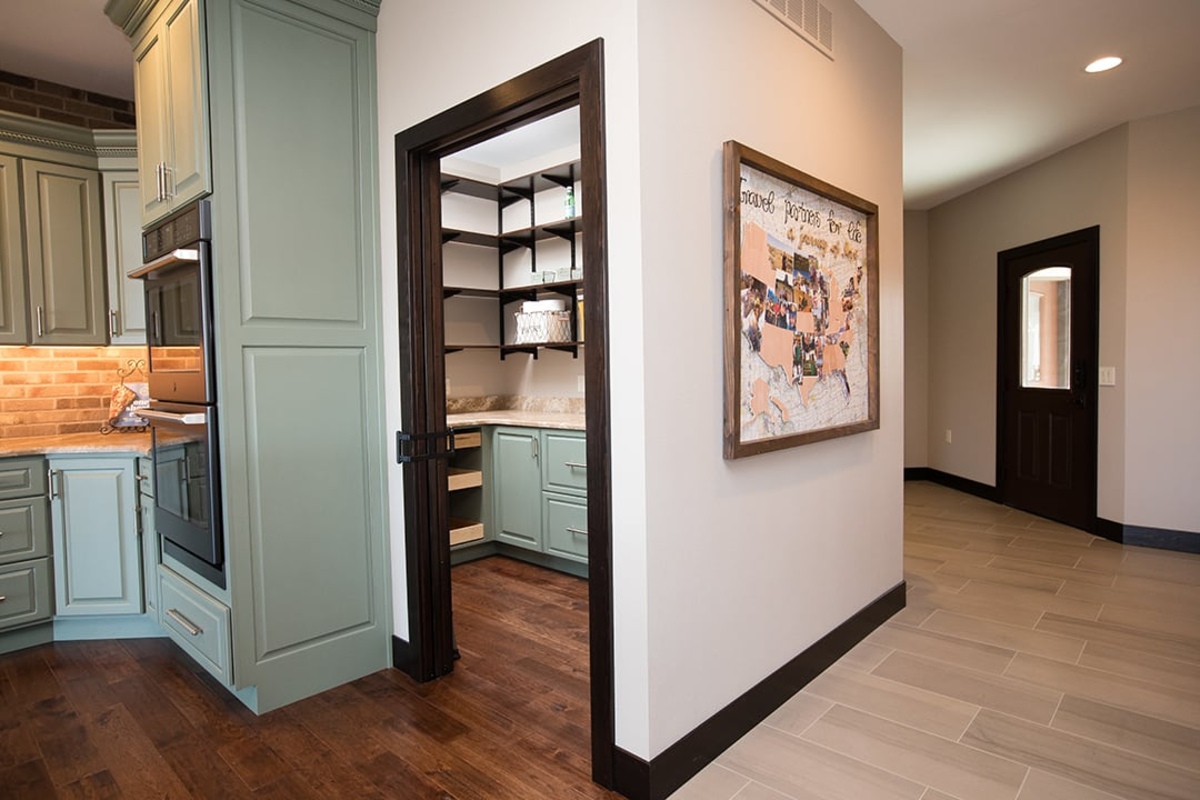

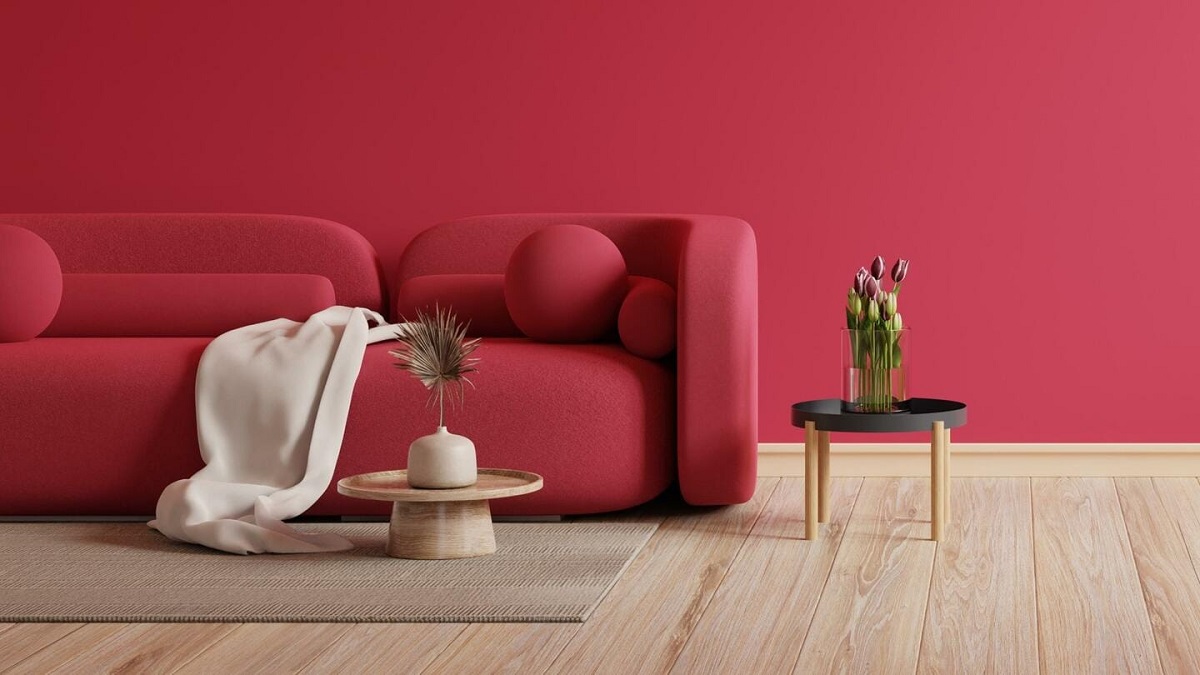
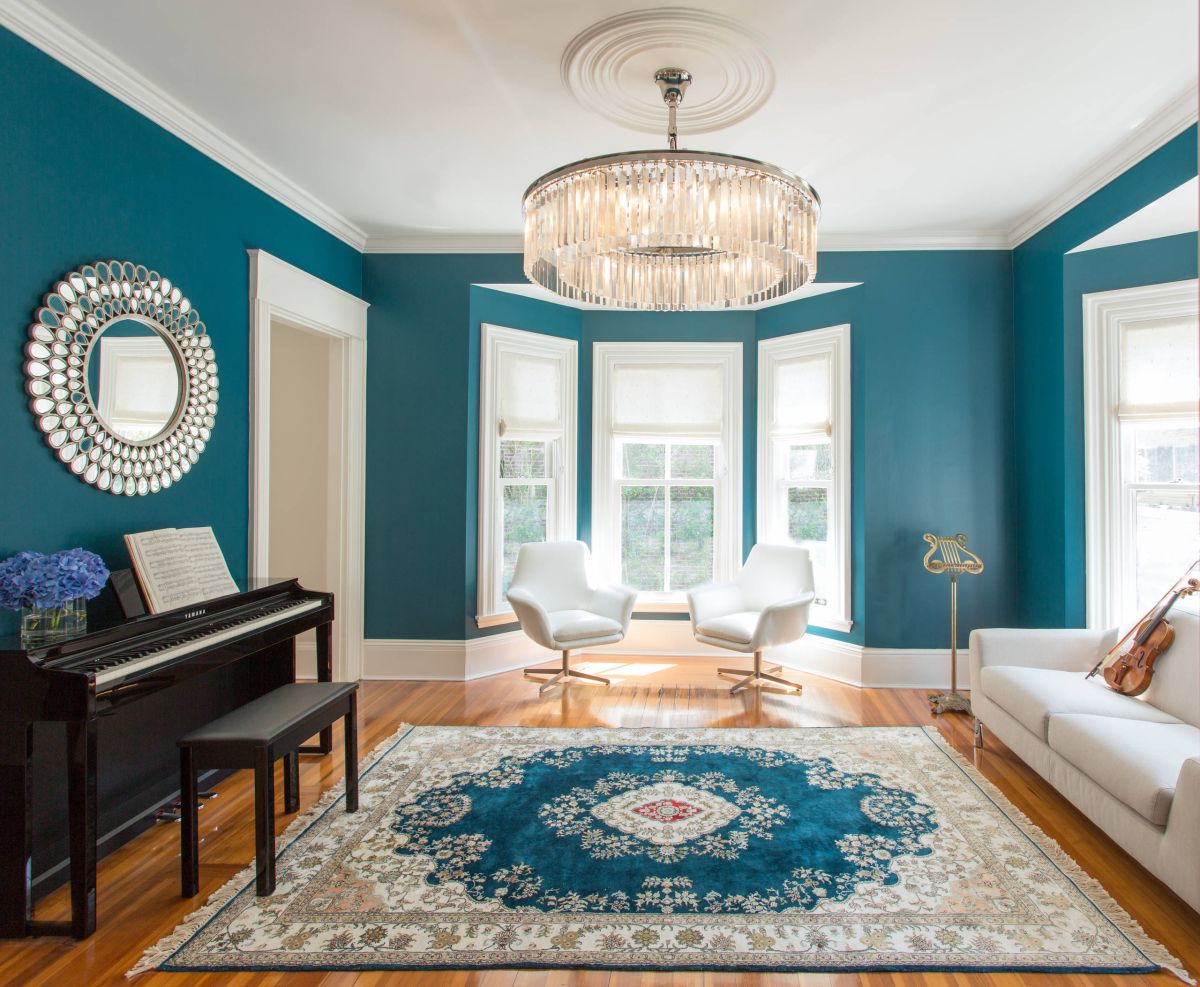
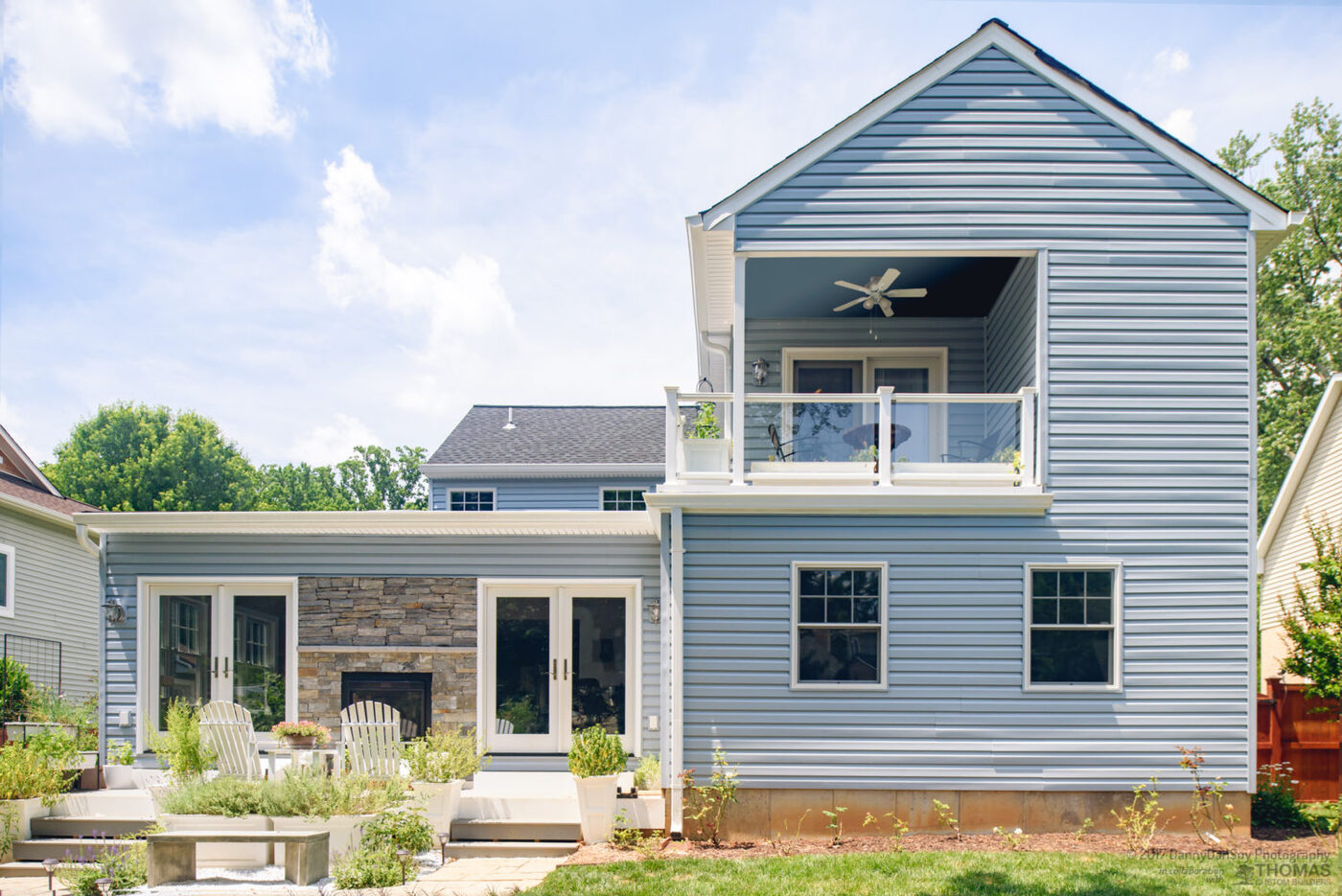
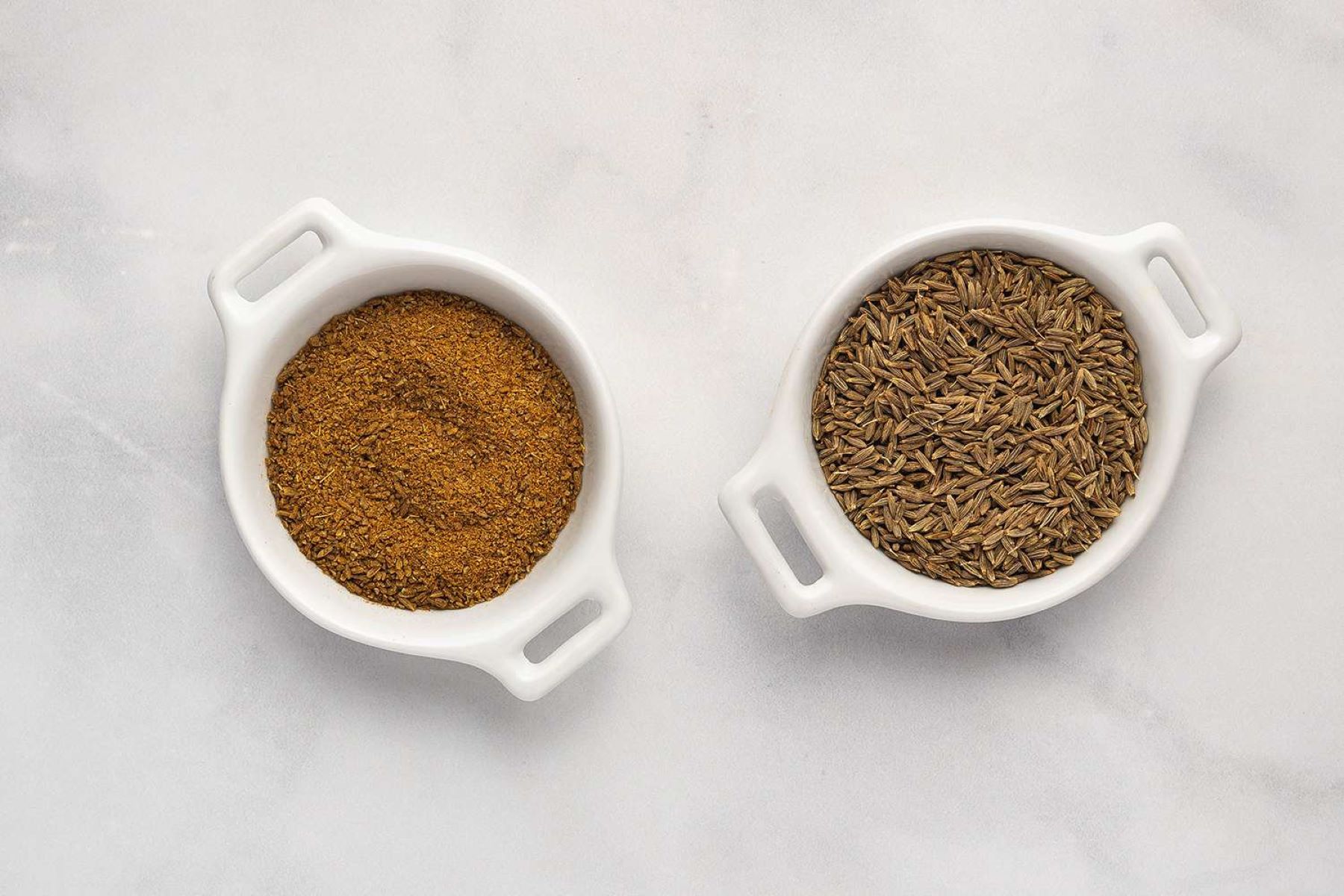



0 thoughts on “Everything You Need To Know About Wallpaper Basics”